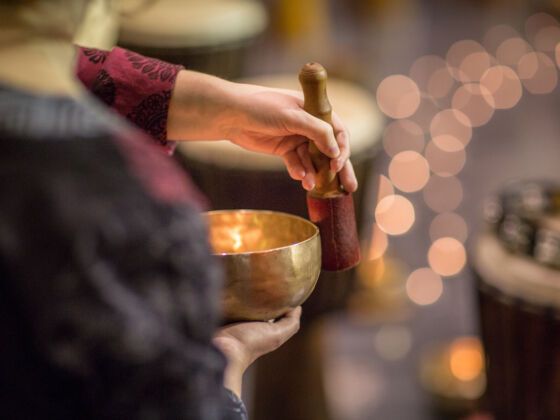THE PHOTOGRAPHERS LINE UP on the horizon, about 15 of them: head to toe Gore-Tex, cigarettes dangling, black cameras at the ready.
It’s late afternoon and the sun is about to set.
They’ve traveled here from as far as Beijing, perhaps — a fleet of expensive jeeps that are now parked at violent angles on the grassland below, windows sheened with dust.
